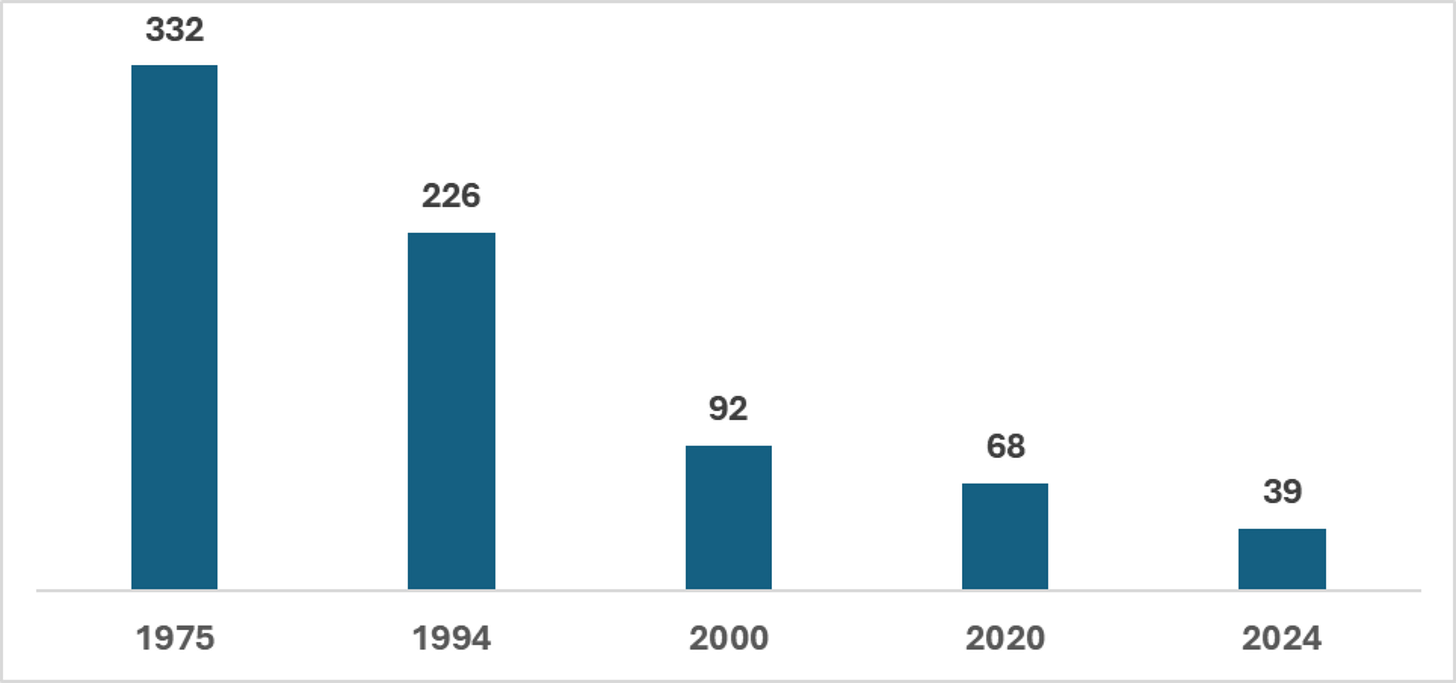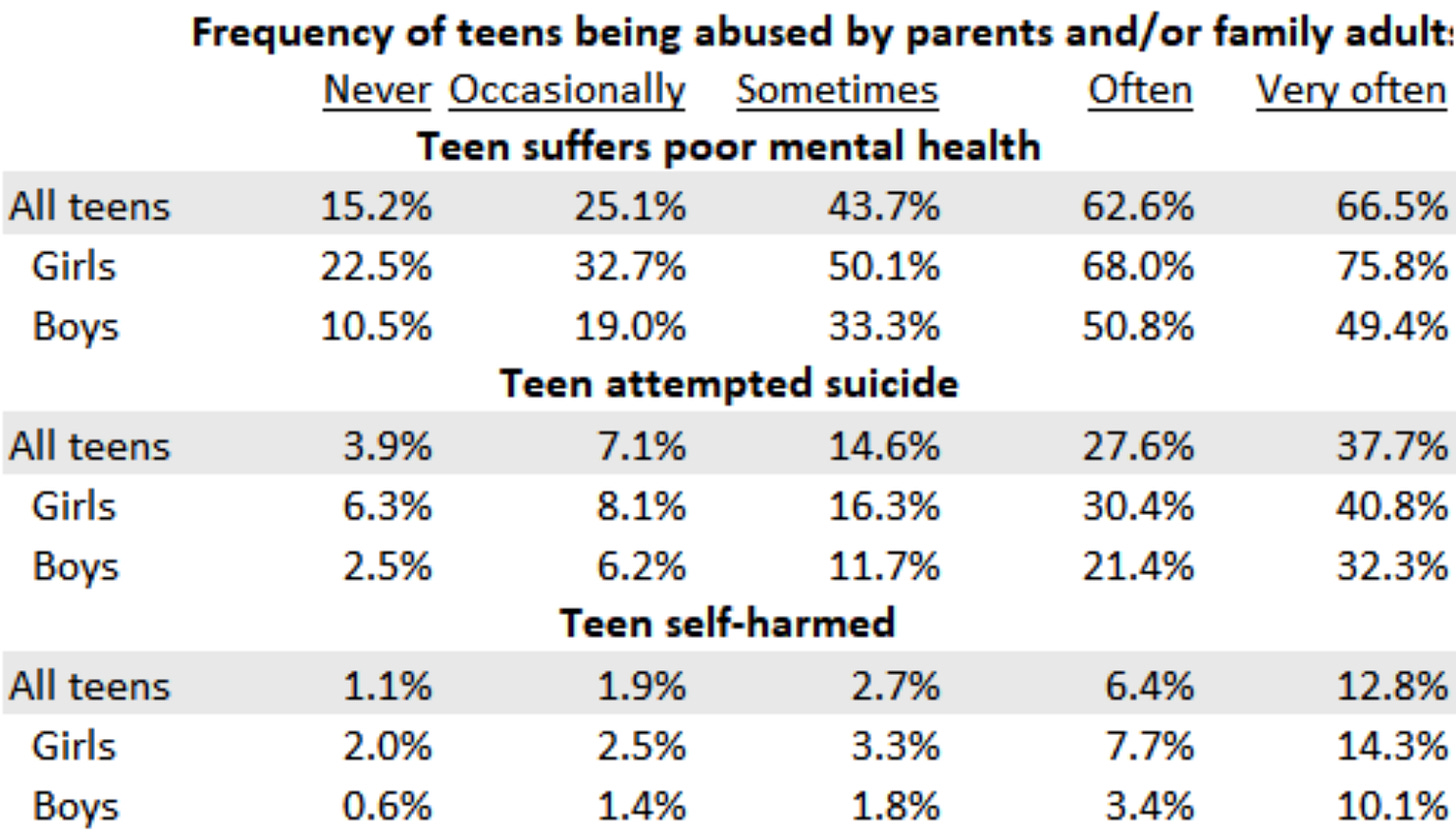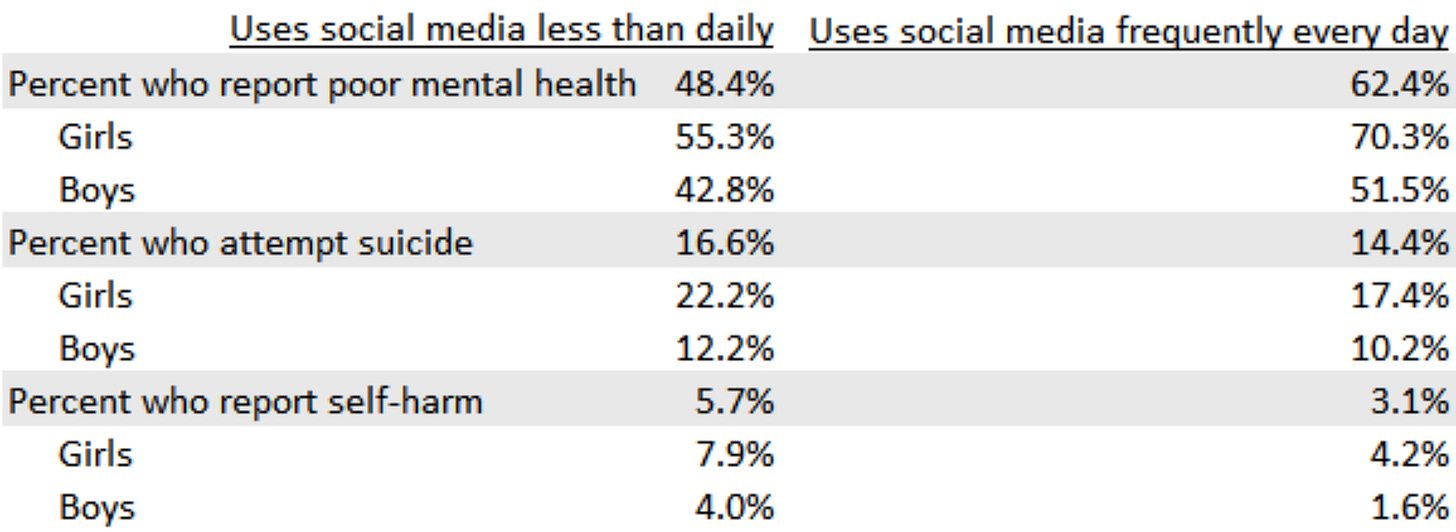Young men and violence are generating double the lies
Mike Males, Principal Investigator, YouthFacts.org| October 2025
Why are progressives who champion diversity and multiculturalism sabotaging multiracial Gen Z when they should be touting young people’s stunningly positive trends?

In half a century of advocacy, I have been appalled again and again by the self-destructive compulsion of progressive interests that boast of adherence to science, fact, and diversity but vent the most primitive culture-war foolishness vilifying their most diverse allies – young people.
Demagogues Right, Center, and Left – political leaders, cops, interest lobbies, academics, podcasters, and media sensationalists alike – inflame endless panics over unheard-of “youth violence” driven by gangs and social media (the latest: “dark-websites” supposedly fueling new waves of young-age killing). When rare dissent against anti-youth demagoguery is voiced, the concern is not over how coded racism and anti-youth animus damage young people, but the effect on interest groups’ money.
It’s all a lie
I use California as the index, because it is the only state that has kept consistent, near-complete statistics by race, Hispanic ethnicity, and age going back half a century (in 1975, the quaint categories were “White,” “Mexican,” “Negro,” and “Other”).
Further, no state can top California in racially diverse, social-media-using, alienated youth. If there’s a violent young-man crisis, it’s here.
Except, it ain’t. Just the opposite is occurring – big time, one of the most cataclysmic trends in American social history.
Readers have already seen my graphing of the 50-year plummet among young White men in homicide (top figure), along with violence, property, drug, and public order offenses to record low levels even as leftists irresponsibly bellow that “nihilist” and “manosphere” sites are “radicalizing” young White men to unheard-of mayhem.
Similar trends also prevail among other races – ones with very different economic, population change, and cultural evolutions – a youth revolution so discombobulating to standard interest-group discussion that authorities protecting their sinecures uniformly pretend it isn’t happening.



Sources for figures: California Department of Justice, Crime & Delinquency in California, 1975-2024; Homicide in California, 1992-2024. Murder tables for 1975-1977 have small adjustments for incomplete population coverage; 1978-2024 reports are 99%-100% complete.
Note that for young men of all races, murder offenses peaked in the early 1980s and again in the early 1990s, then embarked on astounding plunges through the mid-2020s.
So, Lie No. 1: No one, including on the progressive side, acknowledges the OBVIOUS fact that today’s boys and young men of all races are far LESS likely than previous generations to murder anyone.
Lie No. 2: Instead, demagogues declare that young men are more murderous because of (a) immigrants and transgenders, according to the Right, or (b) dark-web and online “cultural” radicalization, the Left declares.
What really happened during this half-century of major changes?
First, immigration and racial diversification. In 1975, California’s young male population was 67% non-Hispanic White. In 2024, in a young-male population 870,000 larger, just 27%. Large increases in immigrant-dominated Hispanic and Asian populations accompanied decreases in native-born White and Black populations.
Criminologists issued dire predictions of new epidemics of dark-skinned “adolescent superpredators.” Just the opposite occurred – which you’d think would give pause to the panicky race-coded “experts,” but hasn’t. California’s young-male homicides fell by 750 in annual numbers and by 72% in rate during the 1975-2024 period.
That’s HUGE.
Second, from 1990 on, screen culture embraced carnage. Video games morphed from cartoonish Super Mario Brothers to violent, first-person, M-rated shooter games. Rap music was increasingly dominated by violent “gangsta” videos. Cable TV and ultra-violent films proliferated, sporting ever-rising riddled-body counts.
Third, social media ballooned, beginning with SixDegrees (1997), LiveJournal (1999), Friendster (2002), MySpace (2003), and Facebook (2004). In 1990, only a handful of teens were online; in 2002, 62%; by 2007, 93%. Porn? The dark web? They existed from the dawn of online culture.
Superficially, social media both has been anecdotally blamed for inciting violence and credited with reducing violence. More likely, the internet is just a tool, as most teens surveyed by Pew Research shrugged, no more to blame for how users use/misuse it for “connection, creativity, and drama” than telephones, note passing, and gossiping are to blame for 1960s riots and 1990s gang wars.
Whatever the claims, cold numbers talk louder. As internet use proliferated, murder among young people kept plummeting. By 2024, two decades into the mass-internet era, it stood at record low levels among all races.
So, if culture warriors – based on their bad zero-or-tiny-correlation-equals-mass-causation non-science – are going to blame social media for everything from teens’ depression to “revenge violence” and “radicalization,” shouldn’t they also credit social media for mammoth, far more widespread plunges in teens’ murder, violence, and crime?
Of course they don’t
Culture-warring, most recently manifest in social-media-blaming – whether by left-wing podcaster Krystal Ball, centrists like columnist Ezra Klein, rightists like psychologist Jonathan Haidt, or media-hungry politicians across the spectrum – is not factual, analytical, or reasoned.
Whether progressives blame far-Right manosphere, Nazi, and “nihilist” dark-web networks or right-wingers blame left-wing teachers, immigrants, transgender ideology, and George Soros, they all resurrect the same primitive panic that drove the Salem Witch trials.
What lost opportunity
Returning to California, our biggest, most diverse, leading-edge state, gigantic youth trends away from crime, violence, unplanned pregnancy, and school failure and dropout strikingly confirm progressive ideals affirming diversity and multiculturalism.
Big-dollar proof: in a teenaged youth population 73% of Color, serious and minor youth crime both fell to such low levels by the 2020s that mammoth California closed its entire state youth detention system along with dozens of county juvenile halls and camps, saving $10 billion in state and many billions in local budgeted costs.
I did a similar report in 2019 on Oklahoma’s plummet in juvenile crime (curiously, the report itself can no longer be found, only the policy recommendations from it). Bottom line: as Oklahoma’s youth population approached 50% of Color, youth crime plunged to record lows, as in California and other states.
Yet, bizarrely – pathologically – today’s leftists/progressives not only refuse to cite these astonishingly affirming trends, they seem to actively resent them. No, no, a host of podcasters led by Ball and others insist, young men radicalized by black-pill online cabals are alarmingly more dangerous and murderous today than ever before.
That implies that California’s 300-plus White young-man murderers every year in the 1970s must have been reasoned lads with understandable motives. However, California’s 45 or so White young-male murderers every year in the 2020s – DOWN 77% by rate – must be nihilist dark-web demons incomprehensible in their evil.
True, Ball and other progressives, at the end of 20-minute rants on young men and the dark web, sometimes tack on a sentence or two on social inequality. Skilled readers of the figures above will see from the left-hand vertical axes that the murder rate among Black young-male Californians, even after mammoth declines, remains 5 times higher than the Hispanic rate, 17 times the White rate, and 25 times the Asian rate.
Socioeconomic divergences so vastly dwarf anything attributable to culture or social media that it’s silly even to mention the latter. But issues like poverty and domestic violence are unpopular, no fun to talk about when it comes to a powerless entity like young people.
It’s a lot more enjoyable to berate “isn’t it awful!” Andrew Tate misogynies and nihilist sites that young men in question can’t even be shown to have visited than to delve into distressing, real issues affecting young people. In just today’s anti-youth nastiness, the liberal-left Salon declared that Trump’s racist hate speech “operates on the level of a median racist adolescent” and “might well have killed in the classroom of a suburban high school.” Why is this youth-trashing necessary?
The result is that progressives themselves are helping the Right to sabotage young people’s vital access to social media and online information, connections, and expression at the very time Gen Z’s positive trends and adaptive political attitudes are most needed to reverse crushing global crises.











